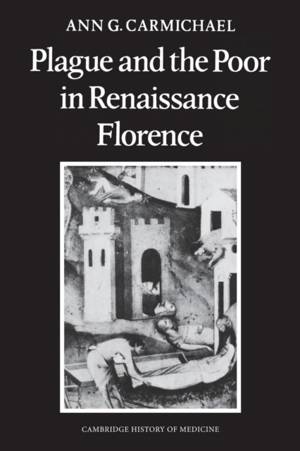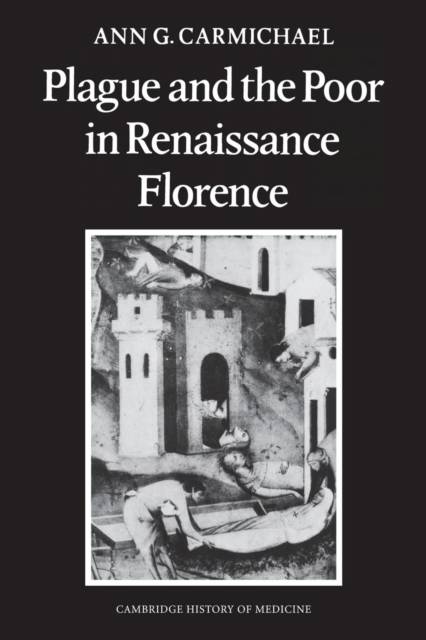
- Afhalen na 1 uur in een winkel met voorraad
- Gratis thuislevering in België vanaf € 30
- Ruim aanbod met 7 miljoen producten
- Afhalen na 1 uur in een winkel met voorraad
- Gratis thuislevering in België vanaf € 30
- Ruim aanbod met 7 miljoen producten
Zoeken
Omschrijving
Originally published in 1986, this book uses Florentine death registers to show the changing character of plague from the first outbreak of the Black Death in 1348 to the mid-fifteenth century. Through an innovative study of this evidence, Professor Carmichael develops two related strands of analysis. First, she discusses the extent to which true plague epidemics may have occurred, by considering what other infectious diseases contributed significantly to outbreaks of 'pestilence'. She finds that there were many differences between the fourteenth- and fifteenth-century epidemics. She then shows how the differences in the plague reshaped the attitudes of Italian city-dwellers toward plague in the fifteenth century. This book will be of value to anyone with an interest in the history of the plague, Renaissance Italy and the history of medicine.
Specificaties
Betrokkenen
- Auteur(s):
- Uitgeverij:
Inhoud
- Aantal bladzijden:
- 198
- Taal:
- Engels
- Reeks:
Eigenschappen
- Productcode (EAN):
- 9781107634367
- Verschijningsdatum:
- 8/05/2014
- Uitvoering:
- Paperback
- Formaat:
- Trade paperback (VS)
- Afmetingen:
- 152 mm x 229 mm
- Gewicht:
- 272 g

Alleen bij Standaard Boekhandel
+ 121 punten op je klantenkaart van Standaard Boekhandel
Beoordelingen
We publiceren alleen reviews die voldoen aan de voorwaarden voor reviews. Bekijk onze voorwaarden voor reviews.











